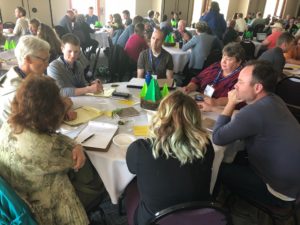 The Urban Forestry Team provides guidance, training, information, funding and professional connection opportunities to municipal foresters and other professionals to achieve sustainable urban forestry management. In a (hickory) nutshell, our work falls into the following five categories:
The Urban Forestry Team provides guidance, training, information, funding and professional connection opportunities to municipal foresters and other professionals to achieve sustainable urban forestry management. In a (hickory) nutshell, our work falls into the following five categories:
- We bring people together. Our role in the urban and community forestry program is that of a convener, bringing together interests and building partnerships to advance urban forestry as practiced by local communities, private sector specialists, and community organizations.
- We provide funding to Wisconsin communities. Our role is to provide funding to cities, villages, towns, counties, tribes and non-profit organizations in Wisconsin through a competitive grant program. Grants support new and innovative projects that will develop sustainable urban and community forestry programs.
Continue reading “What does the DNR do to advance urban and community forestry in Wisconsin?”

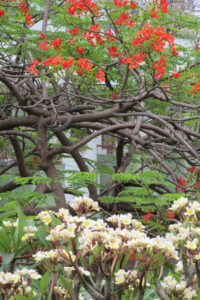 “What is it about this place?” I wondered. “Why does this city feel so harsh, so disheartening?”
“What is it about this place?” I wondered. “Why does this city feel so harsh, so disheartening?”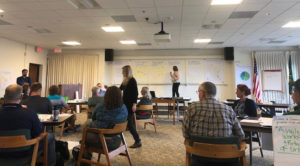
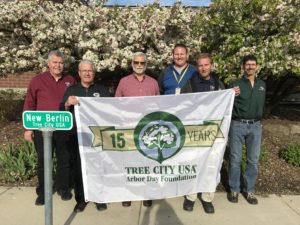
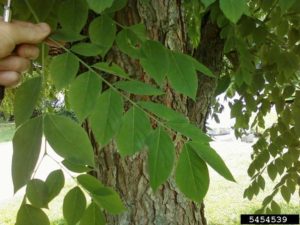
 Happy Arbor Day! Join us in celebrating from home today. Post a photo of your favorite tree on social media, tag @arborday, and use the hashtag #arbordayathome. The Arbor Day Foundation will plant a tree on your behalf.
Happy Arbor Day! Join us in celebrating from home today. Post a photo of your favorite tree on social media, tag @arborday, and use the hashtag #arbordayathome. The Arbor Day Foundation will plant a tree on your behalf.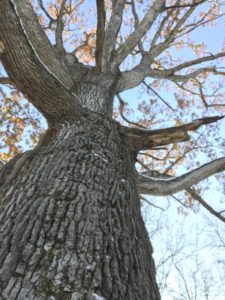 To keep everyone safe and healthy during this pandemic, the Arbor Day Foundation is suspending the requirement to hold a public Arbor Day celebration in 2020. Communities will be able to maintain their Tree City/Campus/Line designations without meeting this standard.
To keep everyone safe and healthy during this pandemic, the Arbor Day Foundation is suspending the requirement to hold a public Arbor Day celebration in 2020. Communities will be able to maintain their Tree City/Campus/Line designations without meeting this standard. With thousands of trees on their properties, municipalities and other urban ownerships sometimes need to remove a large volume of trees at once, such as after an insect or disease outbreak (i.e., emerald ash borer) or a catastrophic weather event (wind/tornadoes or ice/snow damage). When this need arises, what are the options available to remove these trees efficiently, safely, cost effectively and quickly?
With thousands of trees on their properties, municipalities and other urban ownerships sometimes need to remove a large volume of trees at once, such as after an insect or disease outbreak (i.e., emerald ash borer) or a catastrophic weather event (wind/tornadoes or ice/snow damage). When this need arises, what are the options available to remove these trees efficiently, safely, cost effectively and quickly?